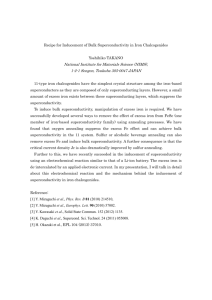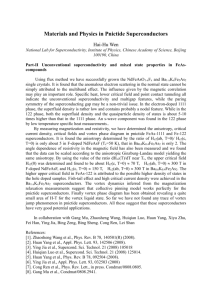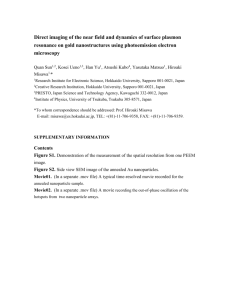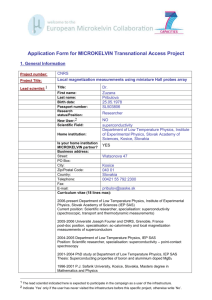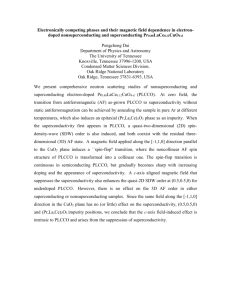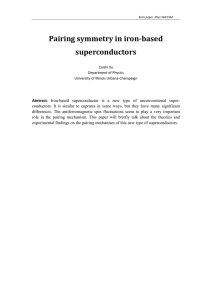Superconducting Mechanisms of Iron
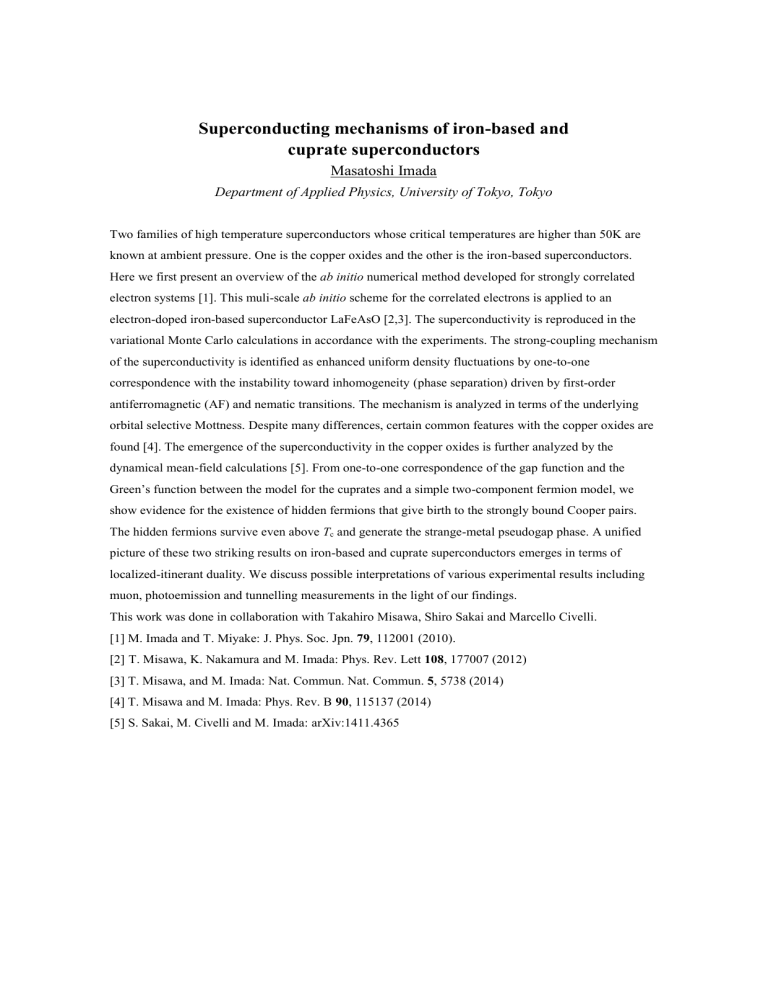
Superconducting mechanisms of iron-based and cuprate superconductors
Masatoshi Imada
Department of Applied Physics, University of Tokyo, Tokyo
Two families of high temperature superconductors whose critical temperatures are higher than 50K are known at ambient pressure. One is the copper oxides and the other is the iron-based superconductors.
Here we first present an overview of the ab initio numerical method developed for strongly correlated electron systems [1]. This muli-scale ab initio scheme for the correlated electrons is applied to an electron-doped iron-based superconductor LaFeAsO [2,3]. The superconductivity is reproduced in the variational Monte Carlo calculations in accordance with the experiments. The strong-coupling mechanism of the superconductivity is identified as enhanced uniform density fluctuations by one-to-one correspondence with the instability toward inhomogeneity (phase separation) driven by first-order antiferromagnetic (AF) and nematic transitions. The mechanism is analyzed in terms of the underlying orbital selective Mottness. Despite many differences, certain common features with the copper oxides are found [4]. The emergence of the superconductivity in the copper oxides is further analyzed by the dynamical mean-field calculations [5]. From one-to-one correspondence of the gap function and the
Green’s function between the model for the cuprates and a simple two-component fermion model, we show evidence for the existence of hidden fermions that give birth to the strongly bound Cooper pairs.
The hidden fermions survive even above T c
and generate the strange-metal pseudogap phase. A unified picture of these two striking results on iron-based and cuprate superconductors emerges in terms of localized-itinerant duality. We discuss possible interpretations of various experimental results including muon, photoemission and tunnelling measurements in the light of our findings.
This work was done in collaboration with Takahiro Misawa, Shiro Sakai and Marcello Civelli.
[1] M. Imada and T. Miyake: J. Phys. Soc. Jpn. 79 , 112001 (2010).
[2] T. Misawa, K. Nakamura and M. Imada: Phys. Rev. Lett 108 , 177007 (2012)
[3] T. Misawa, and M. Imada: Nat. Commun. Nat. Commun. 5 , 5738 (2014)
[4] T. Misawa and M. Imada: Phys. Rev. B 90 , 115137 (2014)
[5] S. Sakai, M. Civelli and M. Imada: arXiv:1411.4365

